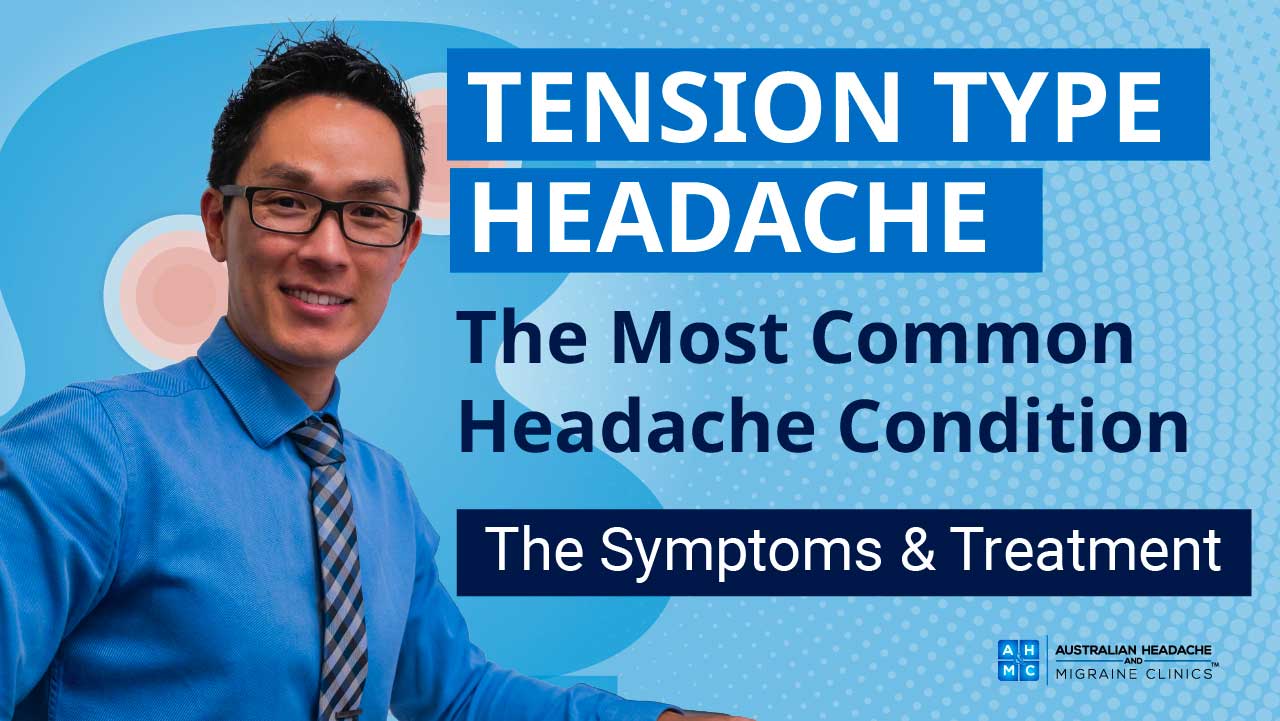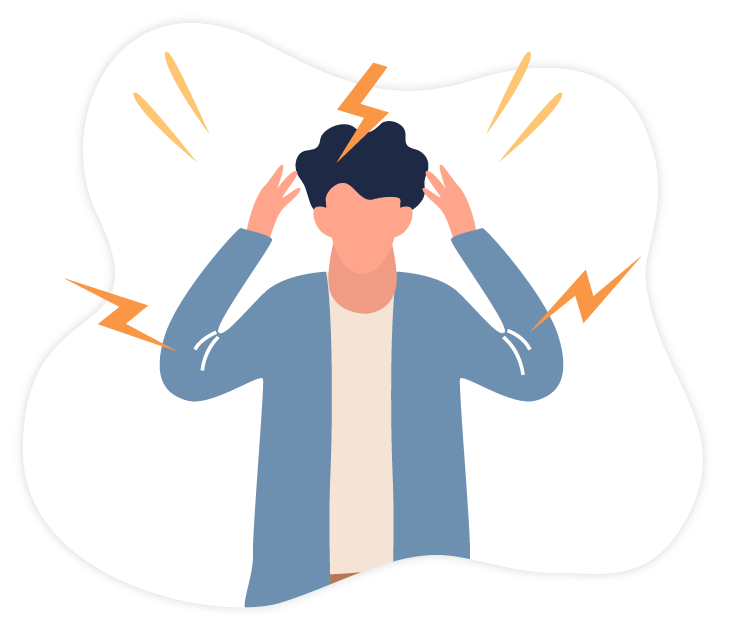I Suffer From Tension Type Headache
Tension Headache Treatment
According to the International Headache Society, Tension Type Headache is the most common type of primary headache, which accounts to almost 90% of all headache types. It has a lifetime prevalence worldwide ranging up to 78%.
Tension headache is sometimes confused with cervicogenic headache. Cervicogenic headaches are a secondary headache type caused by referred pain stemming from the neck, however experienced doctors or headache and migraine specialists will be able to differentiate the two diagnoses based on the characteristics of a patient’s condition.
Although the pain intensity ranges from mild to moderate, it can still leave those suffering from this condition to become disabled due to the constant, annoying and long-lasting nature of this condition.
At Brisbane Headache and Migraine Clinics, we expect to observe significant improvement within the first 5 treatment consultations. We have treated countless patients with impressive results. Plus our method to treat and prevent tension headaches is medication-free, surgery-free, and invasive-free! Book a consultation with our tension headache experts today!









